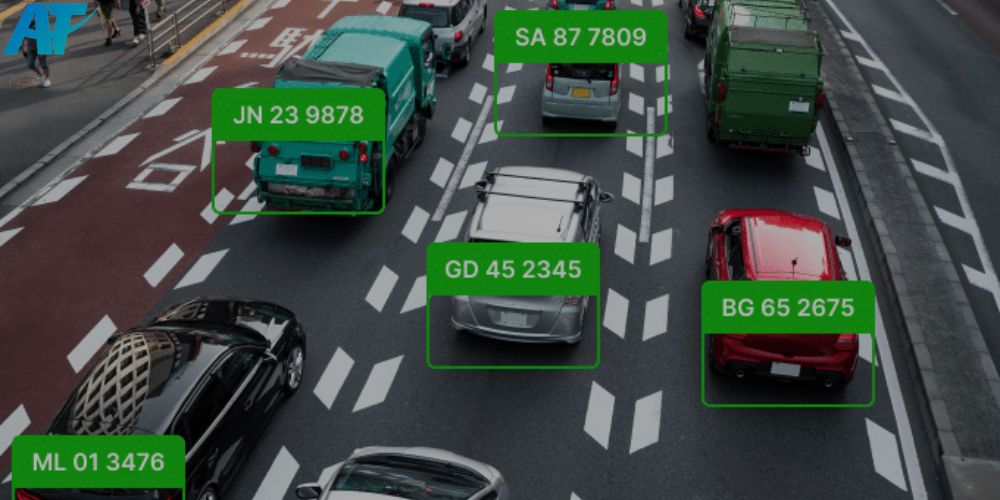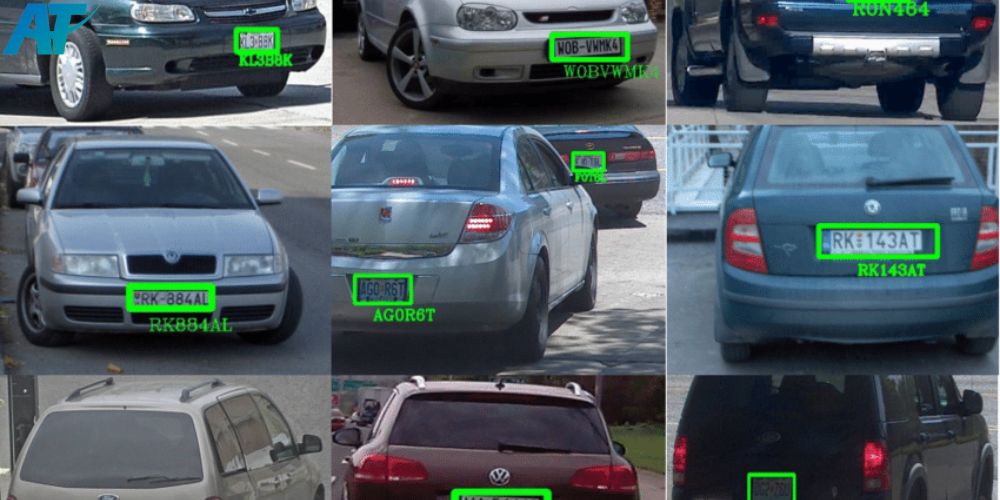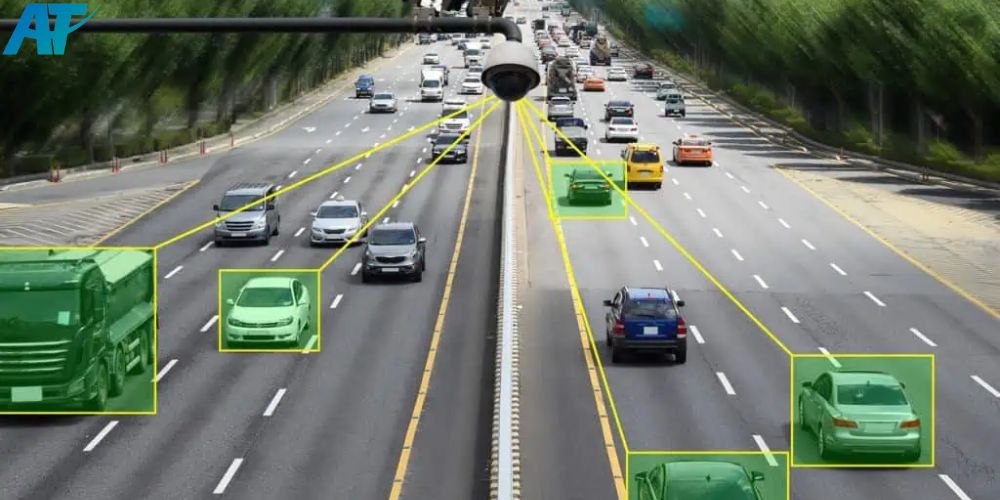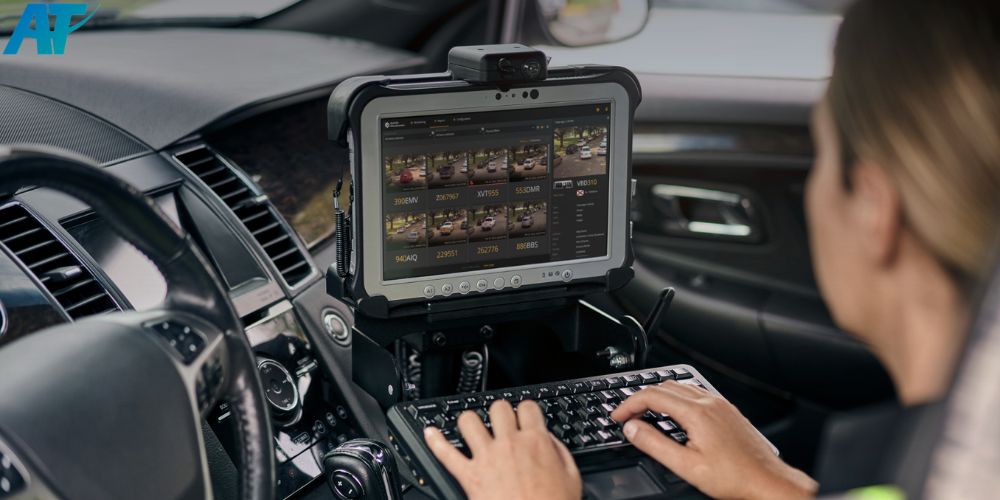License plate recognition software has become an indispensable tool in modern technology, serving a wide range of industries with its innovative applications. From enhancing security to streamlining traffic management, this software continues to demonstrate its value in everyday scenarios. The rapid advancements in artificial intelligence and machine learning have further amplified its capabilities, making it an essential component in various sectors. But what exactly is license plate identification software, and why is it so powerful? Let’s delve into its features, capabilities, and practical uses with AT Technology and Consultancy Joint Stock Company (ATTECHSOFT)!
What is license plate recognition software?
License plate recognition (LPR) software is a technology designed to detect, read, and interpret vehicle license plates. By leveraging advanced algorithms and machine learning, LPR software extracts alphanumeric information from images or video feeds, converting it into digital data. This data can then be used for various applications, such as vehicle tracking, law enforcement, and toll collection.
The software typically works in tandem with cameras, which capture images or videos of vehicles. Using optical character recognition, the software analyzes these visuals to identify license plate details, even under challenging conditions like low light, motion blur, or obstructions. Modern LPR solutions are designed to handle a wide variety of license plate formats, making them suitable for use in multiple countries and regions.
Beyond simple detection, LPR systems are increasingly being integrated with artificial intelligence. These systems can learn and adapt to new patterns, enhancing their accuracy and efficiency over time. They also enable advanced functionalities such as recognizing vehicle make and model, identifying anomalies, and providing predictive analytics.

Key features of License Plate Recognition software
High accuracy
Modern license plate recognition software stands out for its high level of accuracy, even when operating in diverse and challenging environments. It is designed to recognize license plates from different countries, accommodating variations in plate formats, languages, and character sets. This is made possible by advanced Optical Character Recognition technology, which enables the software to extract precise data even under suboptimal conditions, such as poor lighting or partially obscured plates. This exceptional accuracy ensures reliability in applications ranging from traffic monitoring to toll collection.
Real-time processing
One of the most valuable aspects of LPR systems is their ability to process data in real time. This feature allows the software to instantly detect and analyze license plates as vehicles pass through checkpoints, cameras, or entry points. Real-time processing is crucial for time-sensitive applications, such as law enforcement operations, where immediate identification can assist in tracking stolen vehicles or enforcing traffic violations. In addition, traffic management systems benefit significantly from real-time updates, enabling smoother vehicle flow and quicker responses to incidents.

Integration capabilities
LPR software is highly adaptable, offering seamless integration with other technologies and systems to create a comprehensive solution. For instance, it can connect with security cameras to monitor restricted areas or with access control systems to manage vehicle entry in gated facilities. Additionally, integration with government databases allows the software to verify vehicle registrations or identify flagged vehicles. In commercial applications, such as parking facilities, LPR software can synchronize with automated billing systems, simplifying payment processes and enhancing user convenience.
Weather and light adaptability
Adverse weather and lighting conditions can pose significant challenges for traditional recognition systems. However, modern LPR software is equipped with sophisticated image processing capabilities that enable it to perform effectively in rain, fog, and nighttime conditions. Features like infrared imaging ensure the software can capture clear plate data even in low-light environments, while thermal imaging further extends its functionality to extreme scenarios. This adaptability ensures reliable performance in any environment, making the software a versatile tool for outdoor surveillance and traffic monitoring.

Flexibility and scalability
Whether it’s a small-scale application like a residential parking lot or a large-scale implementation for city-wide surveillance, LPR software is designed with scalability in mind. The flexibility of these systems allows them to handle varying volumes of data and adapt to growing needs. Cloud-based solutions add another layer of convenience by enabling centralized data storage and remote access. This means that users can manage multiple locations or expand their systems without significant infrastructure changes, making it a cost-effective and future-proof solution.
The role of License Plate Recognition software
- Improving traffic management: LPR software helps reduce congestion by automating vehicle identification and tracking. It enables dynamic tolling, efficient rerouting, and real-time traffic monitoring, optimizing the flow of vehicles in busy areas.
- Enhancing security and law enforcement: By identifying and tracking vehicles in real time, LPR aids in locating stolen cars, detecting unregistered vehicles, and monitoring suspect activities. Integration with crime databases ensures timely alerts and bolsters public safety efforts.
- Automation of routine processes: Tasks like vehicle access control and parking management are streamlined with LPR systems. This eliminates manual checks, speeds up entry and exit times, and enhances operational efficiency for businesses and residential facilities.
- Cost-effective operations: Automation reduces labor costs and operational inefficiencies over time. Cloud-based and scalable solutions allow for flexible deployment, minimizing upfront investments and enabling easy expansion as needs grow.
- Accurate revenue collection: Toll authorities and parking operators benefit from precise billing enabled by LPR software. This eliminates errors from manual processes and prevents unauthorized access, securing consistent revenue streams.
- Improving user convenience: Drivers enjoy seamless, contactless experiences with LPR systems, which automatically handle vehicle recognition and payments. This eliminates the need for physical tickets or cards, reducing wait times and frustration.
- Environmental benefits: By reducing traffic congestion, LPR contributes to lower fuel consumption and emissions. Automated processes also eliminate the need for paper tickets, promoting sustainable practices in transportation management.

Practical uses of License Plate Recognition software
Traffic management
LPR systems are pivotal in managing urban traffic by offering real-time insights into traffic flow and vehicle movements. They help monitor congestion, detect traffic violations, and ensure smoother operations on busy roads. These systems are often integrated into smart city initiatives, where they contribute to intelligent traffic lights, congestion pricing systems, and dynamic rerouting to alleviate bottlenecks. Furthermore, LPR technology aids in improving commuter safety by detecting over speeding vehicles and alerting authorities to take swift action.

Parking solution
Automated parking systems have greatly benefited from LPR software, which facilitates ticketless entry and exit for vehicles. By recognizing license plates, these systems eliminate the need for physical tickets or cards, significantly reducing wait times during peak hours. Integration with payment systems ensures a seamless billing process, making it more convenient for users. Additionally, businesses and parking operators use LPR data to analyze parking usage patterns, optimize space allocation, and improve the overall parking experience for customers.
Law enforcement
Law enforcement agencies widely rely on LPR technology to enhance public safety and crime prevention. The software is instrumental in tracking stolen vehicles, identifying cars involved in illegal activities, and enforcing traffic laws. Mobile LPR units installed in patrol vehicles enable officers to scan license plates on the move, providing real-time alerts for vehicles of interest. This mobility not only increases the effectiveness of law enforcement but also improves their ability to respond quickly to critical situations, such as locating missing persons or intercepting fleeing suspects.

Toll collection
LPR systems are revolutionizing toll collection by automating the process on highways and bridges. Vehicles are identified and charged automatically based on their license plates, eliminating the need for manual payments or toll booth operators. This reduces traffic congestion at toll plazas, minimizes operational costs for toll authorities, and enhances the driving experience for commuters. Additionally, these systems can be integrated with electronic toll collection services, allowing for seamless cross-regional toll management and efficient revenue collection.
Access control
LPR software is a reliable solution for managing vehicle access in restricted areas, such as corporate campuses, residential complexes. By pre-approving specific license plates, the system ensures that only authorized vehicles can enter, enhancing overall security. The automation of access control reduces the need for security personnel, speeds up entry processes, and minimizes human error. Some systems also offer advanced features, such as temporary access codes for visitors or contractors, further increasing flexibility and convenience.

Fleet management
Businesses with large fleets use LPR technology to monitor vehicle movements and optimize their operations. By tracking the real-time location of vehicles, companies can improve route planning, reduce fuel consumption, and ensure timely deliveries. The software also helps in maintaining fleet security by alerting operators to unauthorized usage or potential theft. Detailed data on vehicle usage and performance allows businesses to make informed decisions about maintenance, replacement, and resource allocation.
Explore more additional articles here: License plate detection for parking lot
Conclusion
License plate recognition software is a versatile and powerful tool that is reshaping industries and improving efficiency worldwide. With its robust features, adaptability, and wide-ranging applications, LPR software has proven to be a critical asset in both public and private sectors. Its ability to process vast amounts of data in real time and integrate with other systems ensures its continued relevance in an increasingly connected world.
Contact us to arrange a demonstration:
Email: sales@attechsoft.com
Website: https://attechsoft.com/
